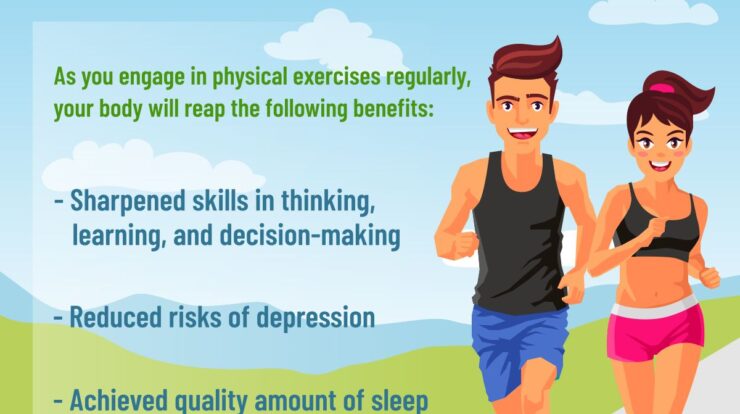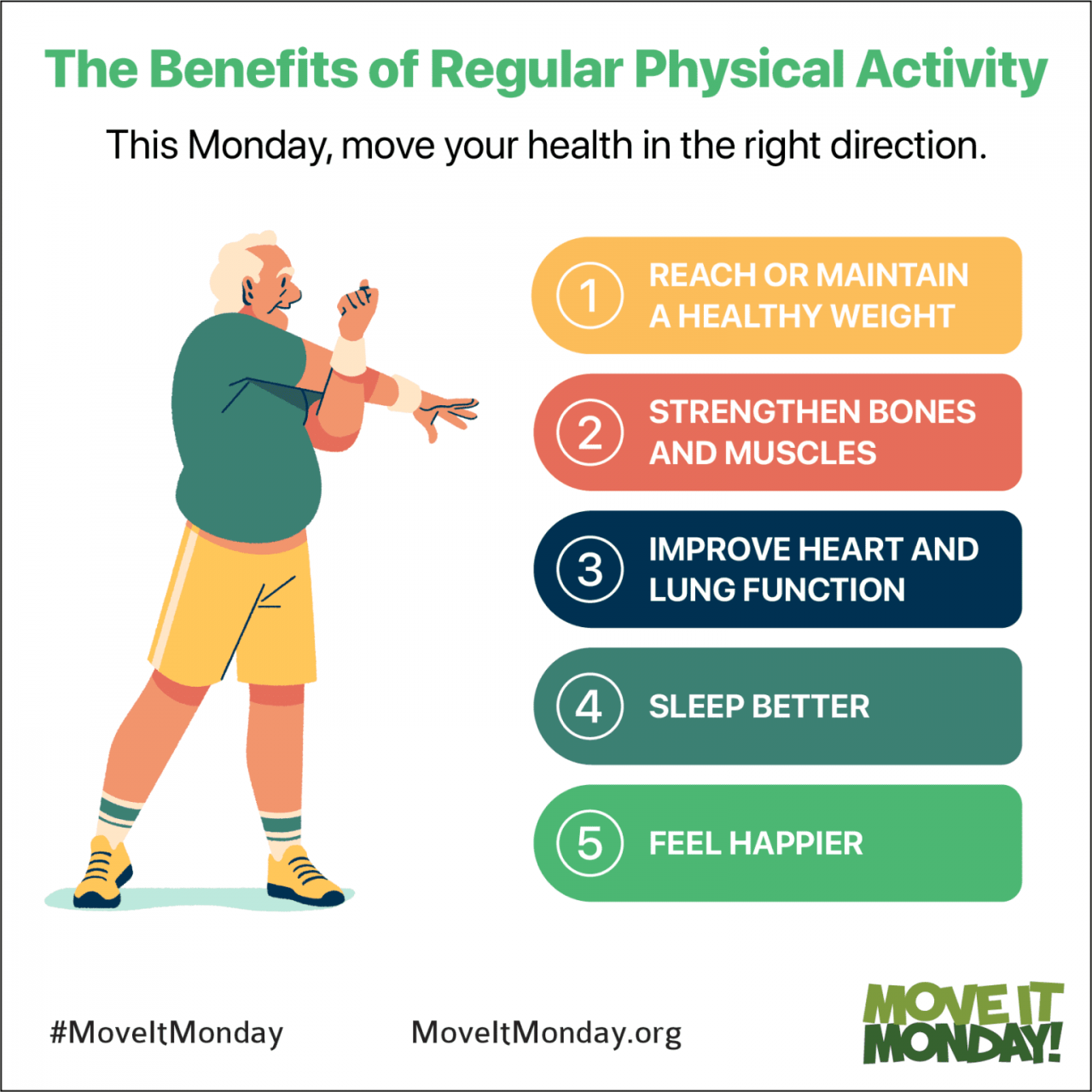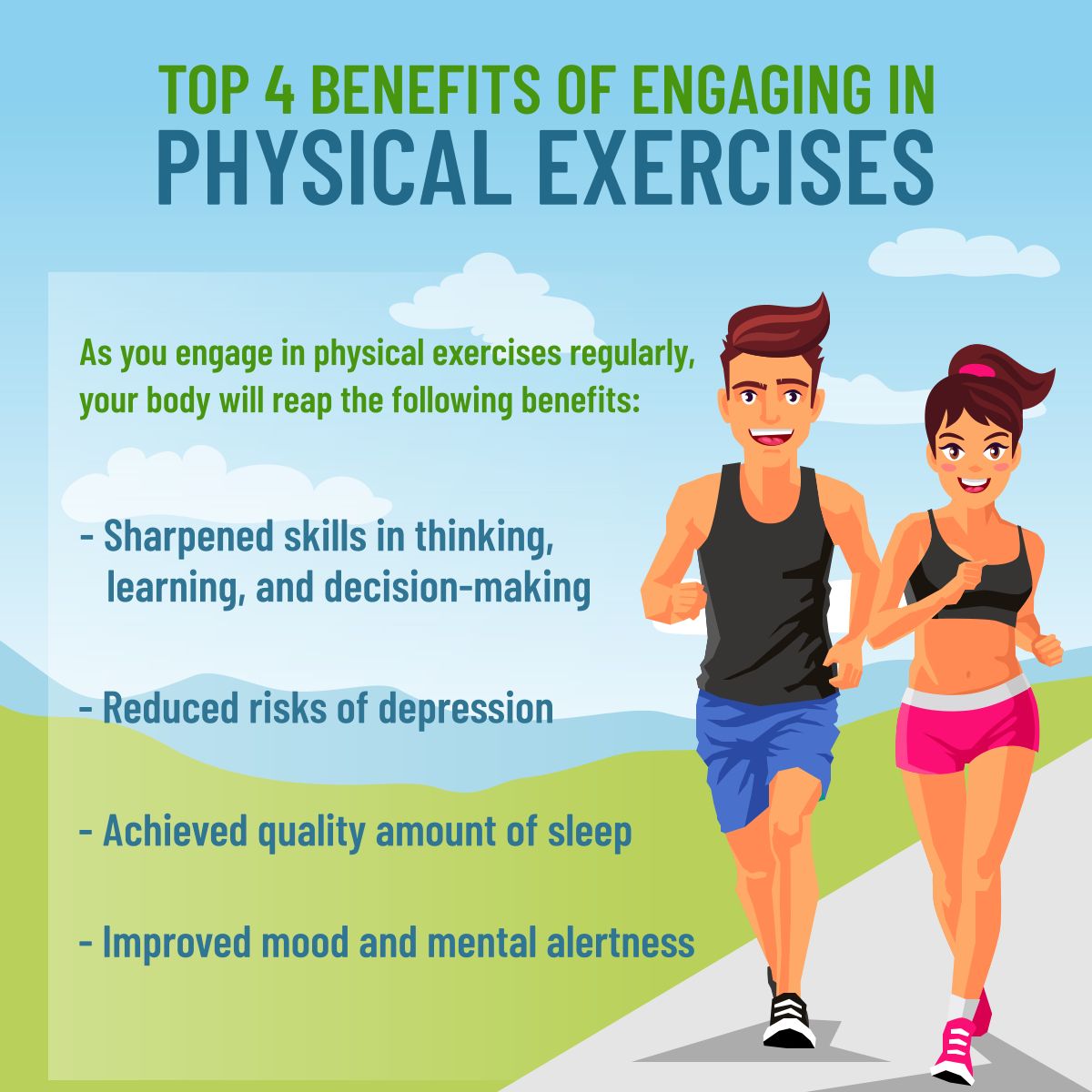
Explain why regular exercise is the best way to prevent flexibility issues. – In today’s sedentary world, flexibility has become a crucial aspect of maintaining optimal health and mobility. Regular exercise emerges as the most effective solution to combat flexibility issues, offering numerous benefits that promote a pain-free and active lifestyle.
Regular physical activity helps improve flexibility by increasing the range of motion in joints and muscles. By engaging in exercises that target specific areas of the body, individuals can effectively enhance their overall flexibility.
Why Regular Exercise Is the Best Way to Prevent Flexibility Issues: Explain Why Regular Exercise Is The Best Way To Prevent Flexibility Issues.

Flexibility is an essential component of overall health and well-being. It allows for a wide range of motion, reduces the risk of injury, and improves balance and coordination. Common causes of flexibility issues include sedentary lifestyle, aging, and certain medical conditions.
For those celebrating Mother’s Day in Germany, we have compiled a list of German Mother’s Day phrases to express your love and appreciation. From “Frohen Muttertag” to “Alles Liebe zum Muttertag,” find the perfect words to make this day extra special.
Regular exercise is the most effective way to prevent and address flexibility issues.
For those who have lost their mothers, Mother’s Day can be a time of both joy and sorrow. To honor their memory, we offer a collection of heartfelt Heavenly Mother’s Day messages that convey love, respect, and remembrance.
Benefits of Regular Exercise for Flexibility
Regular exercise helps improve flexibility by:
- Stretching and lengthening muscles
- Improving joint mobility
- Increasing blood flow to muscles and tendons
Studies have shown that regular exercise can significantly increase flexibility. For example, a study published in the Journal of Strength and Conditioning Research found that participants who engaged in a 12-week flexibility training program experienced significant improvements in range of motion in their hamstrings, quadriceps, and shoulders.
Types of Exercises for Flexibility, Explain why regular exercise is the best way to prevent flexibility issues.
| Exercise Type | Description | Benefits | Examples |
|---|---|---|---|
| Dynamic Stretching | Controlled movements that gradually increase range of motion | Improves mobility, prepares muscles for activity | Leg swings, arm circles |
| Static Stretching | Holding a stretch for an extended period | Increases flexibility, reduces muscle tension | Hamstring stretch, quad stretch |
| Yoga | Combination of poses, breathing, and meditation | Enhances flexibility, improves balance | Downward-facing dog, child’s pose |
| Tai Chi | Slow, gentle movements that promote relaxation | Improves flexibility, reduces stress | Shoulder rolls, knee lifts |
Frequency and Duration of Exercise
For optimal flexibility, it is recommended to engage in flexibility exercises at least twice a week. Each session should last for 10-15 minutes. Beginners should start with shorter sessions and gradually increase the duration and intensity over time. Consistency is key, so try to incorporate flexibility exercises into your regular workout routine.
As Mother’s Day approaches, we gather images to express our love and gratitude for all mothers. While we celebrate their unwavering love, it’s crucial to prioritize their well-being. Regular exercise, as studies have shown, is the best way to prevent flexibility issues and maintain mobility.
For those seeking to reduce lower back fat, a variety of exercises can be found online. Sadly, we remember mothers who are no longer with us on this special day. To them, we send our heartfelt wishes of happy heavenly Mother’s Day . Finally, we extend our greetings to mothers around the world in their native languages, such as “Happy Mother’s Day” in German .
Tips for Enhancing Flexibility
- Incorporate stretching into your daily routine
- Try yoga or Tai Chi classes
- Pay attention to proper form and avoid overstretching
- Stay hydrated by drinking plenty of water
Ending Remarks

In conclusion, incorporating regular exercise into one’s routine is the key to preventing flexibility issues. With its proven benefits and ease of implementation, exercise empowers individuals to maintain optimal mobility, reduce the risk of injuries, and enjoy an active and fulfilling life.
Top FAQs
How often should I exercise to improve flexibility?
If you’re looking to target lower back fat, a targeted exercise routine is key. Fitness experts recommend exercises like squats, lunges, and core work to effectively reduce fat in this area. Check out our comprehensive guide on exercises for lower back fat for a personalized plan.
For optimal results, aim for at least 30 minutes of moderate-intensity exercise most days of the week.
Maintaining flexibility is crucial for overall well-being. Regular exercise is widely recognized as the most effective way to prevent flexibility issues. Experts at MECCO explain that exercise helps increase range of motion, lubricate joints, and strengthen supporting muscles, ensuring optimal flexibility throughout life.
What types of exercises are best for flexibility?
Exercises that involve stretching, such as yoga, Pilates, and tai chi, are highly effective in improving flexibility.
Mother’s Day is a special occasion to celebrate the incredible women who have dedicated their lives to nurturing and caring for their families. To express our love and gratitude, we have compiled a collection of heartwarming Mother’s Day images that capture the essence of this special day.
Can I improve my flexibility without exercise?
While exercise is the most effective way to enhance flexibility, stretching and other flexibility-enhancing practices can also be beneficial.







